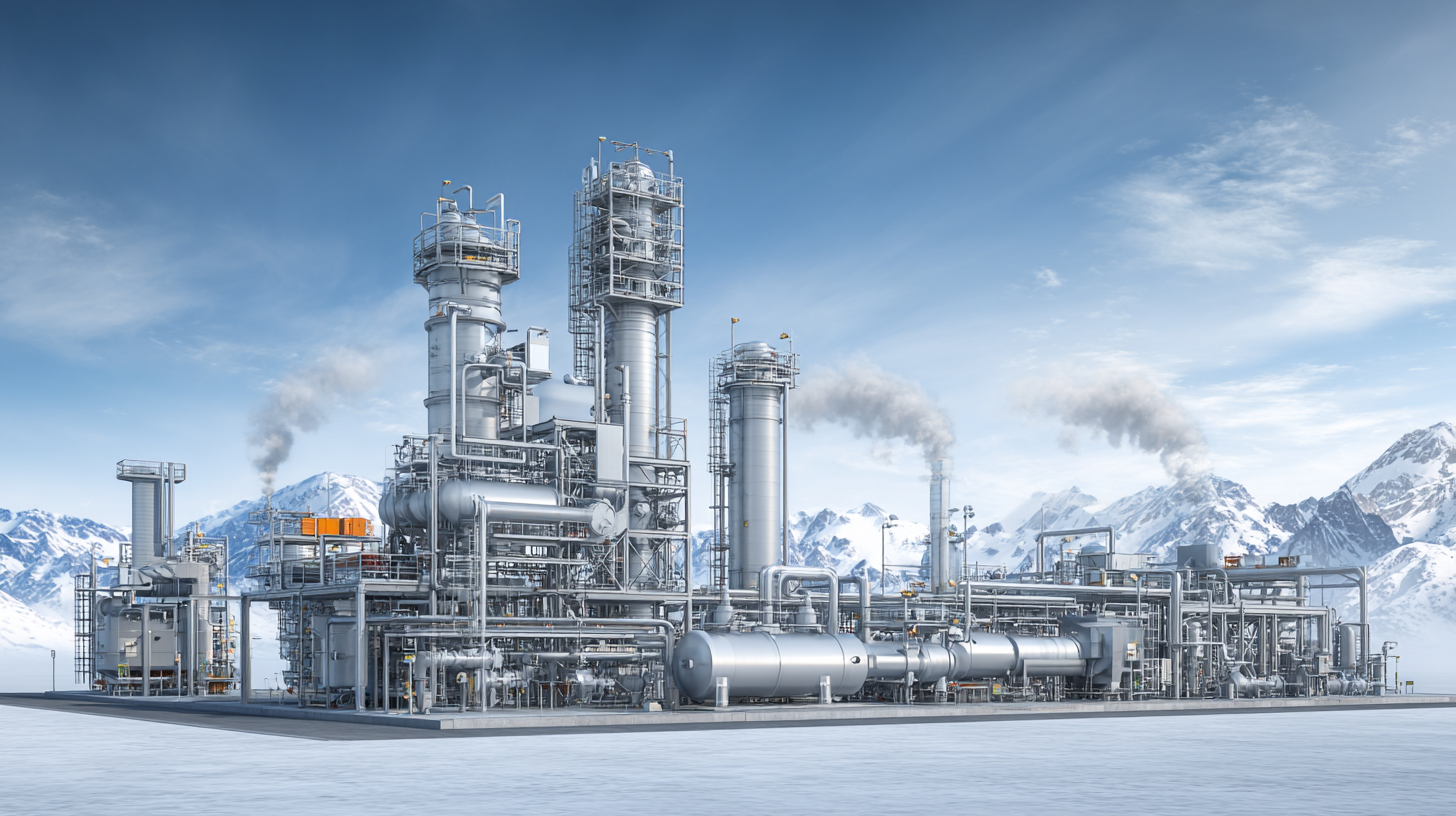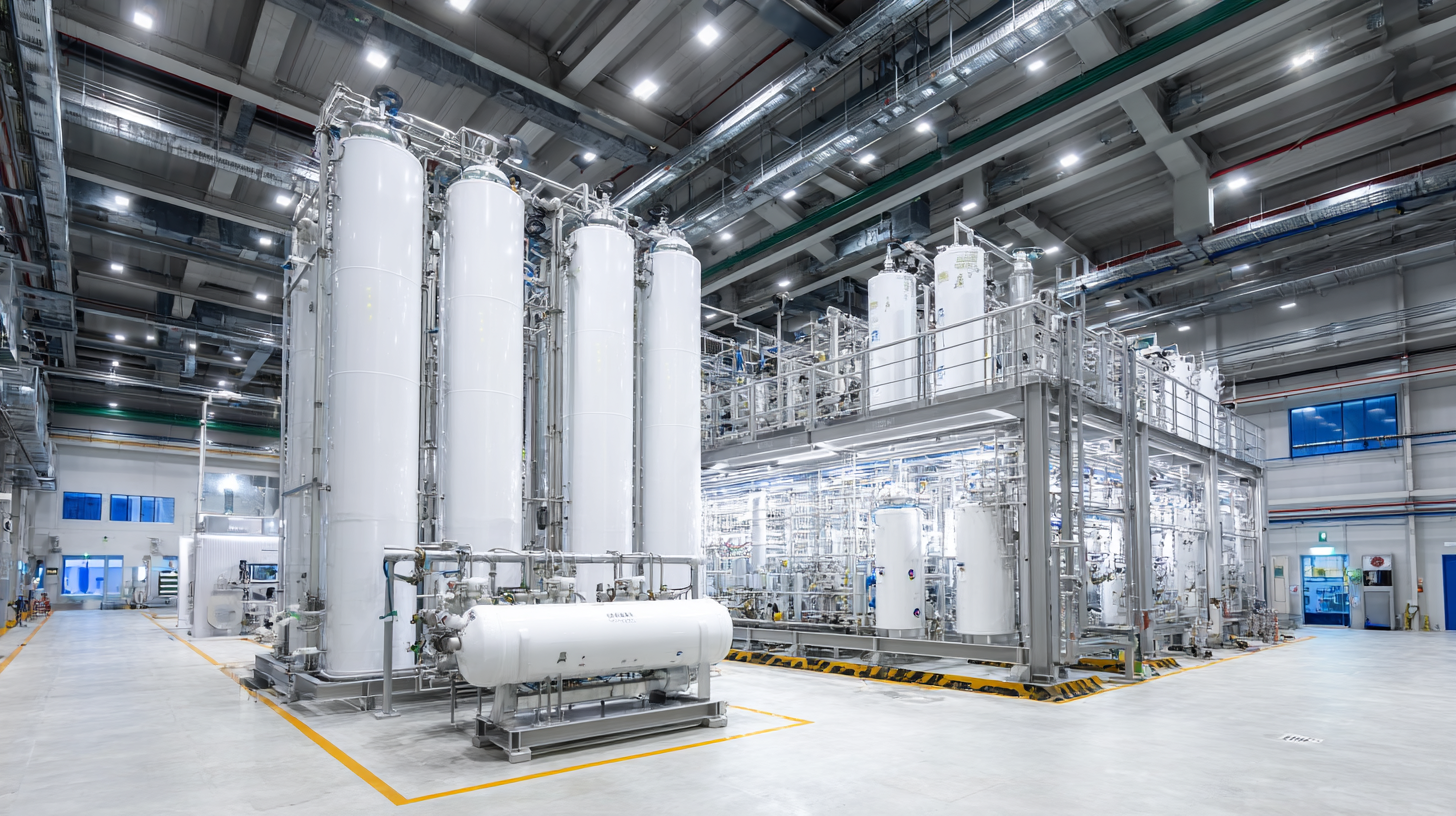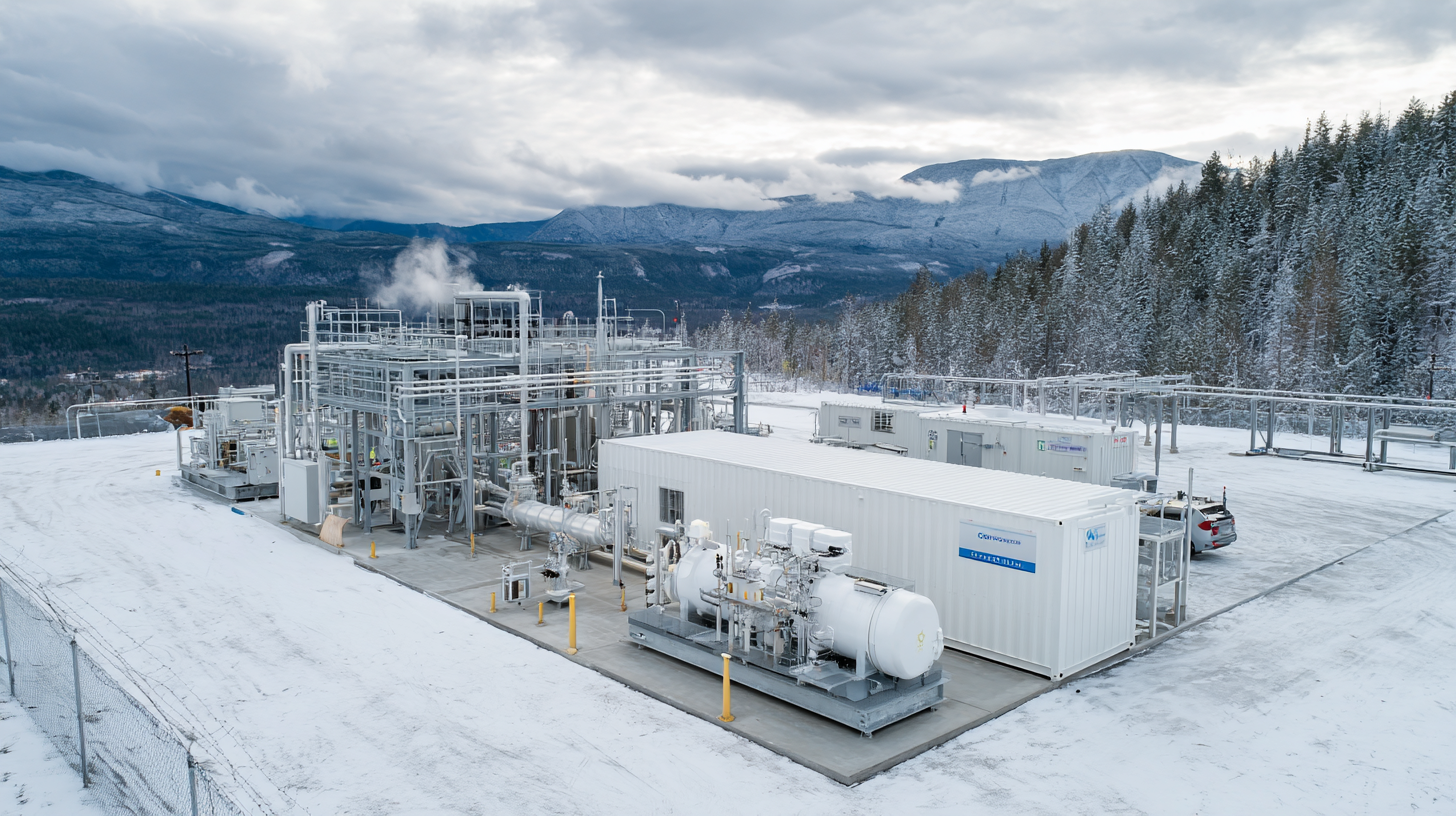
-
Home
-
About us
-
Products
-
Solutions
-
News
-
Blog
-
Contact us
Leave Your Message

In the quest for sustainable energy solutions, the emergence of Cryogenic Hydrogen Solutions stands out as a transformative technology capable of significantly reducing carbon emissions and enhancing energy efficiency. According to a report by the International Energy Agency, hydrogen could contribute up to 18% of global energy needs by 2050, with cryogenic methods offering a viable pathway for its production, storage, and transportation. The ability to liquefy hydrogen at cryogenic temperatures not only facilitates easier logistics for large-scale distribution but also allows for more efficient use of renewable energy sources, thereby unlocking the potential of hydrogen as a clean fuel alternative. Furthermore, the growth of the cryogenic hydrogen market is projected to reach USD 22.4 billion by 2027, reflecting the increased investment and interest across various sectors, including transportation and power generation. As industries pivot toward cleaner energy, Cryogenic Hydrogen Solutions are poised to play a critical role in reshaping the future of energy.

Innovative cryogenic technologies are revolutionizing hydrogen storage and transport, offering significant advantages for the clean energy sector. As the global demand for hydrogen as a clean fuel source continues to grow, innovative cryogenic methods are emerging as viable solutions. According to a report by the International Energy Agency (IEA), the hydrogen market could expand to $700 billion by 2030, emphasizing the need for efficient storage and transport solutions. Cryogenic hydrogen systems, which involve cooling hydrogen to extremely low temperatures, can reduce its volume by a factor of 800, making it easier and more economical to store and transport.
Recent advancements in cryogenic technology have led to the development of advanced insulated tanks and pipeline systems that minimize boil-off rates and improve overall efficiency. A report published by Research and Markets highlights that the global cryogenic equipment market will reach $48 billion by 2025, driven by increased investments in hydrogen infrastructure and initiatives aimed at sustainability. By creating a more efficient hydrogen economy, these innovative technologies not only enhance the feasibility of hydrogen as a clean energy source but also position countries to meet their carbon reduction targets and facilitate a sustainable future.
This chart illustrates the growth in hydrogen storage capacity in various applications over the years, highlighting the potential of cryogenic hydrogen solutions in transforming energy storage and transport.
Cryogenic hydrogen solutions represent a pivotal advancement in the global pursuit of clean energy. With the International Renewable Energy Agency (IRENA) projecting that hydrogen could contribute nearly 24% of the world’s energy supply by 2050, the importance of efficient hydrogen storage and transport becomes paramount. Cryogenic hydrogen, stored at ultra-low temperatures, allows for a higher energy density compared to gaseous hydrogen, making it a viable option for long-distance transportation and large-scale energy storage.
Furthermore, a study by the Hydrogen Council highlights that the cost of producing hydrogen through renewable sources could drop by 50% by 2030, underscoring the economic viability of investing in cryogenic technologies. These methods not only enhance the feasibility of hydrogen as a clean fuel for sectors like transportation and industry but also align with ambitious global clean energy targets. By harnessing the unique properties of cryogenic hydrogen, countries can significantly scale their clean energy initiatives, paving the way toward sustainable development and carbon neutrality.

The drive towards a sustainable future hinges significantly on the adoption of clean energy solutions, and cryogenic hydrogen technology stands out as a pivotal player in this evolution. Recent analyses indicate that the implementation of cryogenic systems for hydrogen production shows tremendous cost-effectiveness. A report from the International Energy Agency (IEA) suggests that cryogenic methods could lower hydrogen production costs to approximately $1.50 per kilogram by 2030, compared to conventional steam methane reforming, which currently hovers around $3.00 per kilogram. This shift not only enhances economic viability but also aligns with global emissions reduction targets.
Moreover, the utilization of cryogenic hydrogen in energy systems offers notable advantages in efficiency. According to a study published by the U.S. Department of Energy, using cryogenic storage reduces the energy loss associated with hydrogen compression, representing an approx. 30% decrease in energy requirements. As industries seek to integrate hydrogen into their energy portfolios, these cost and efficiency benefits make cryogenic solutions increasingly appealing, paving the way for broader adoption in transport and energy generation sectors. The combination of lowering production costs and improving storage efficiency positions cryogenic hydrogen as a crucial element in the clean energy landscape.
Cryogenic hydrogen solutions are emerging as a promising alternative to traditional energy sources, with significant environmental benefits that cannot be overlooked. Unlike fossil fuels, which emit high levels of carbon dioxide and other greenhouse gases, cryogenic hydrogen produces zero emissions at the point of use. According to a recent report by the Hydrogen Council, transitioning to hydrogen as a primary energy carrier could reduce global CO2 emissions by up to 6 gigatons annually by 2030. This shift not only fosters cleaner air but also mitigates the severe impacts of climate change, aligning with global sustainability goals.
In addition to reducing greenhouse gas emissions, cryogenic hydrogen offers enhanced efficiency in energy storage and distribution. The ability to liquefy hydrogen allows for greater storage density, making it practical for large-scale deployment in various sectors, including transportation and industry. An often-cited statistic from the International Energy Agency highlights that using hydrogen can improve energy efficiency by up to 30% compared to conventional fuels.
Tips: To further promote the adoption of cryogenic hydrogen solutions, consider investing in research and development initiatives that explore innovative storage methods. Additionally, engaging in public-private partnerships can accelerate infrastructure advancements, setting the stage for a cleaner, hydrogen-driven economy.
The advancements in cryogenic processes are paving the way for innovative solutions in the realm of clean energy. As industries increasingly seek methods to decarbonize, cryogenic hydrogen emerges as a prominent player. This technology leverages extremely low temperatures to liquefy hydrogen, making it easier to store and transport. As a result, hydrogen can serve as a sustainable fuel source, capable of powering everything from vehicles to industrial applications without the harmful emissions associated with traditional fossil fuels.
Looking ahead, the future trends in cryogenic hydrogen solutions are expected to focus on enhancing efficiency and reducing costs. Research and development efforts are likely to concentrate on improving the techniques used in cryogenic storage and handling, fostering a broader acceptance of hydrogen as an energy carrier. Moreover, as investments in renewable energy sources grow, the synergy between advanced cryogenic technologies and sustainable practices will likely transform our energy systems, enabling a cleaner, greener future for generations to come.






